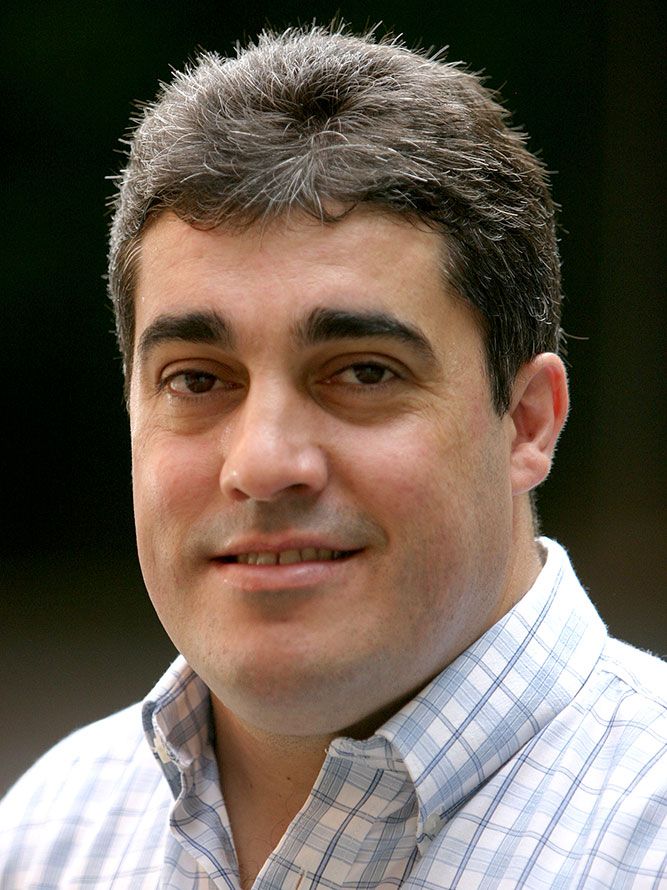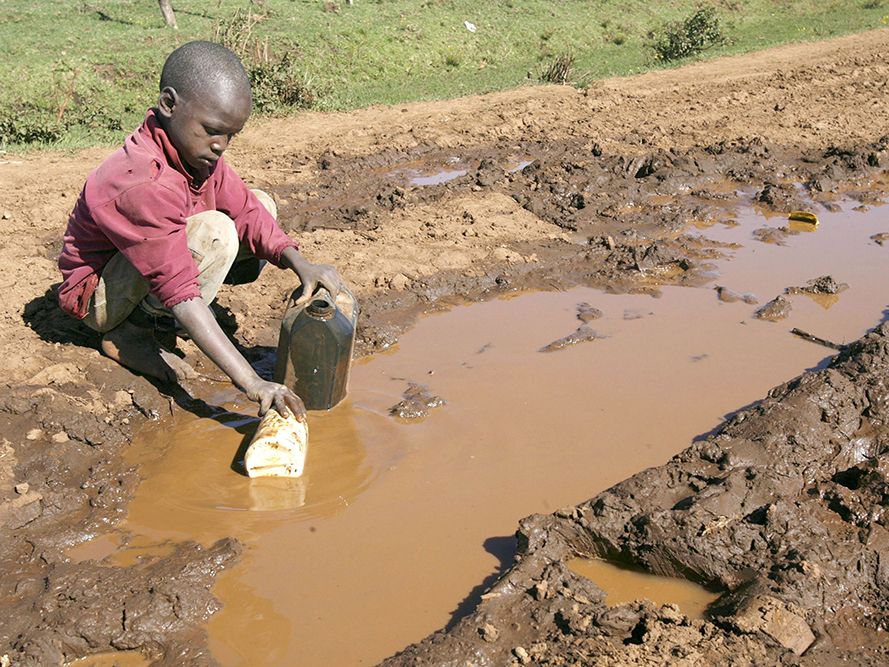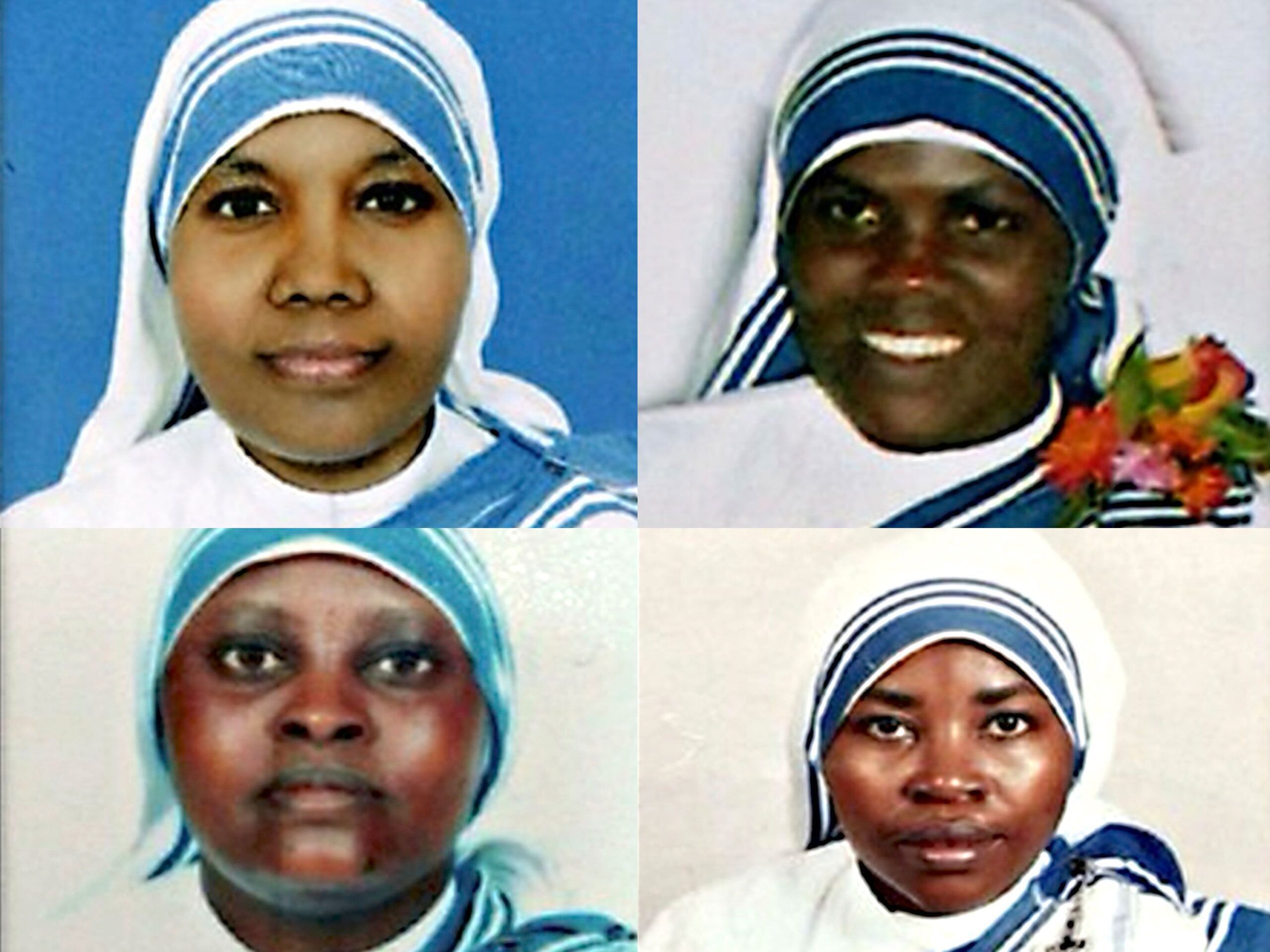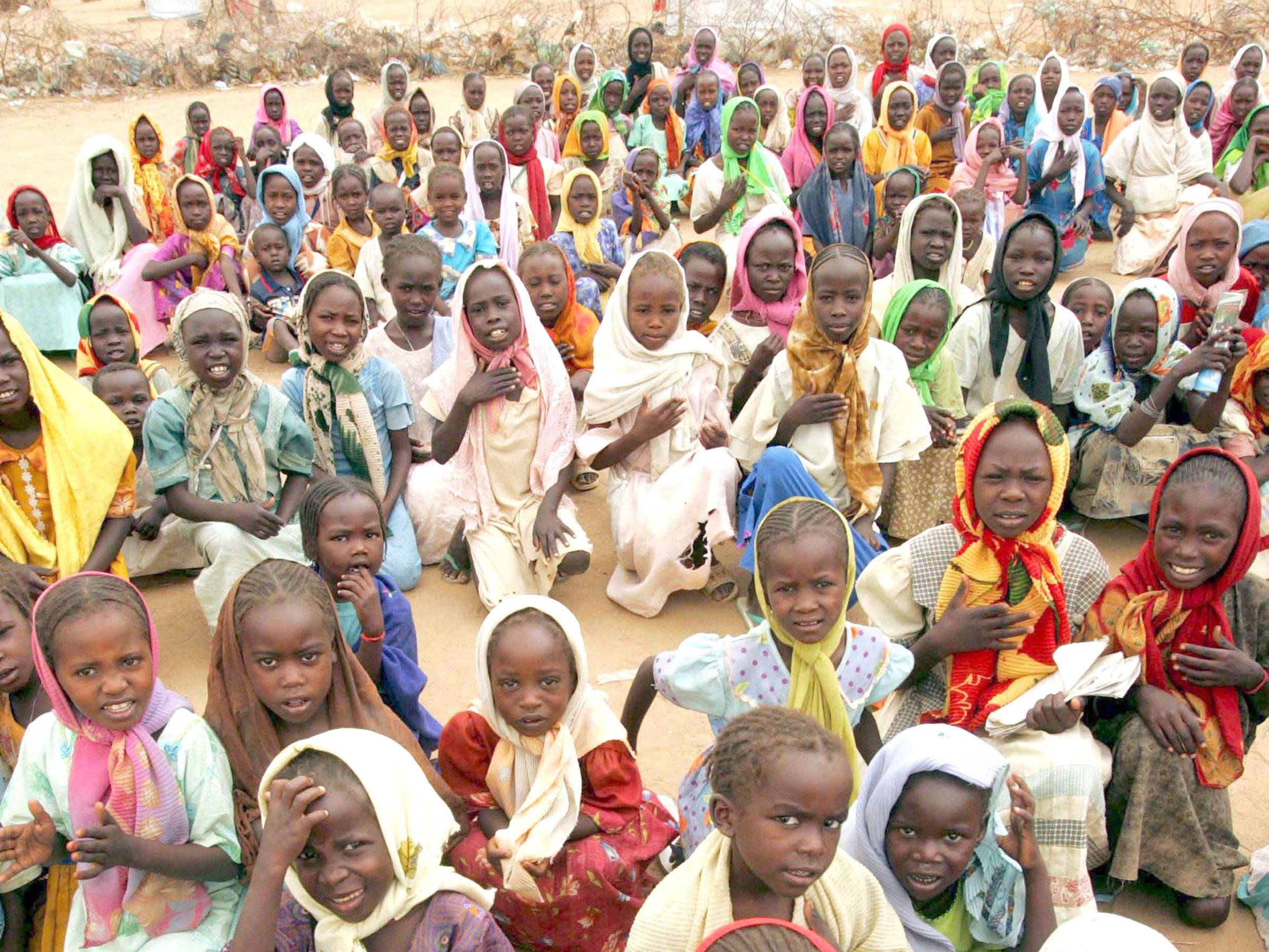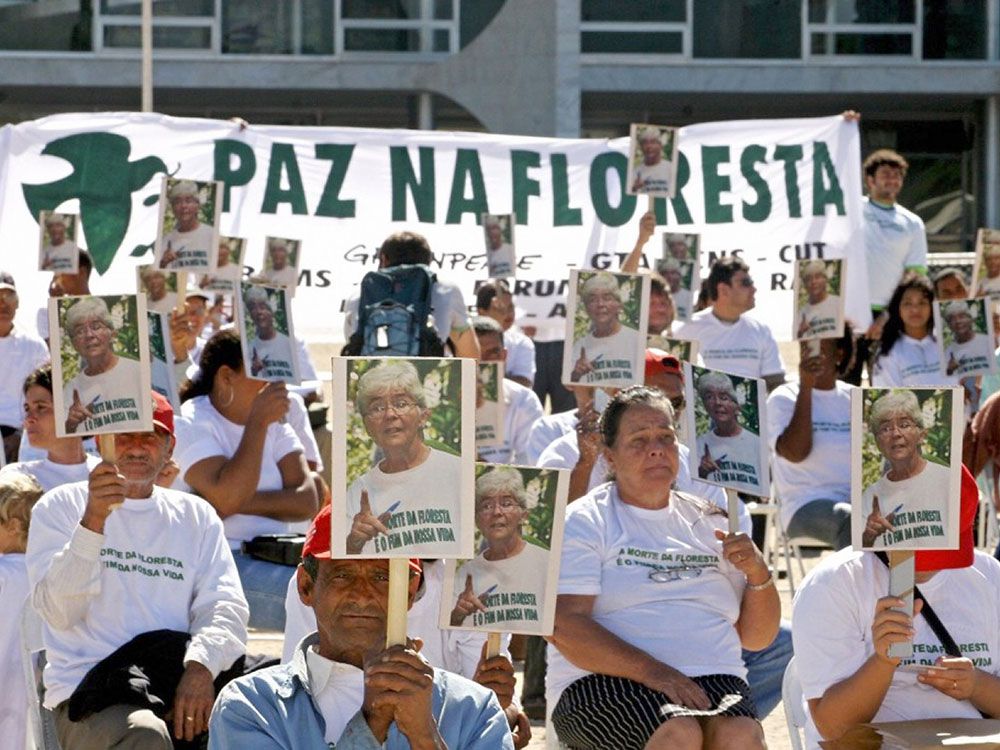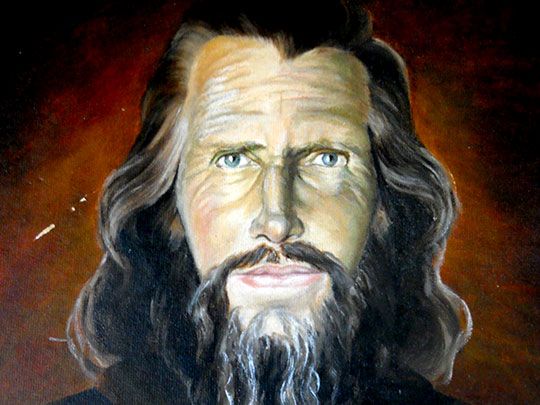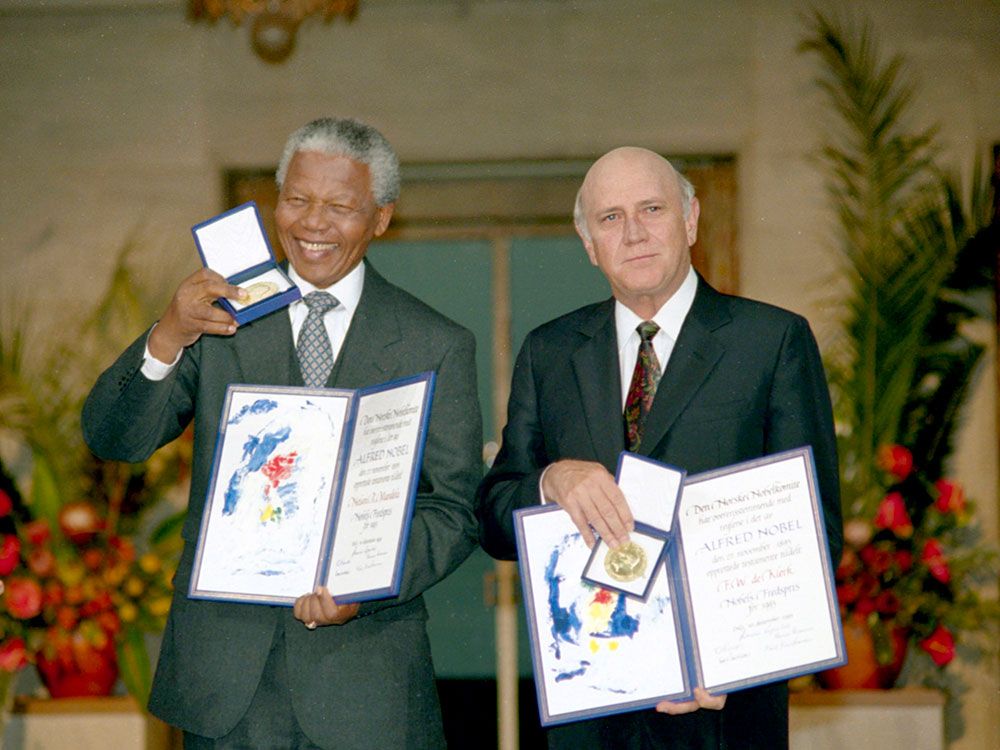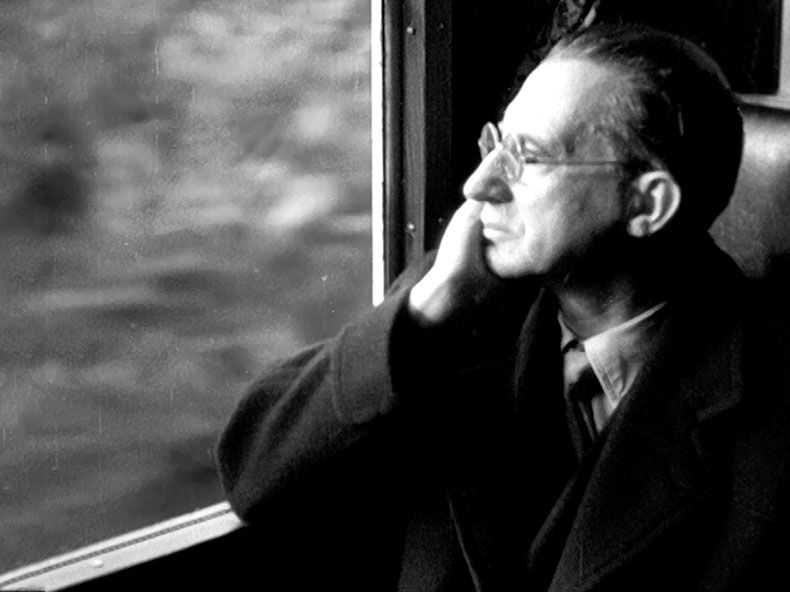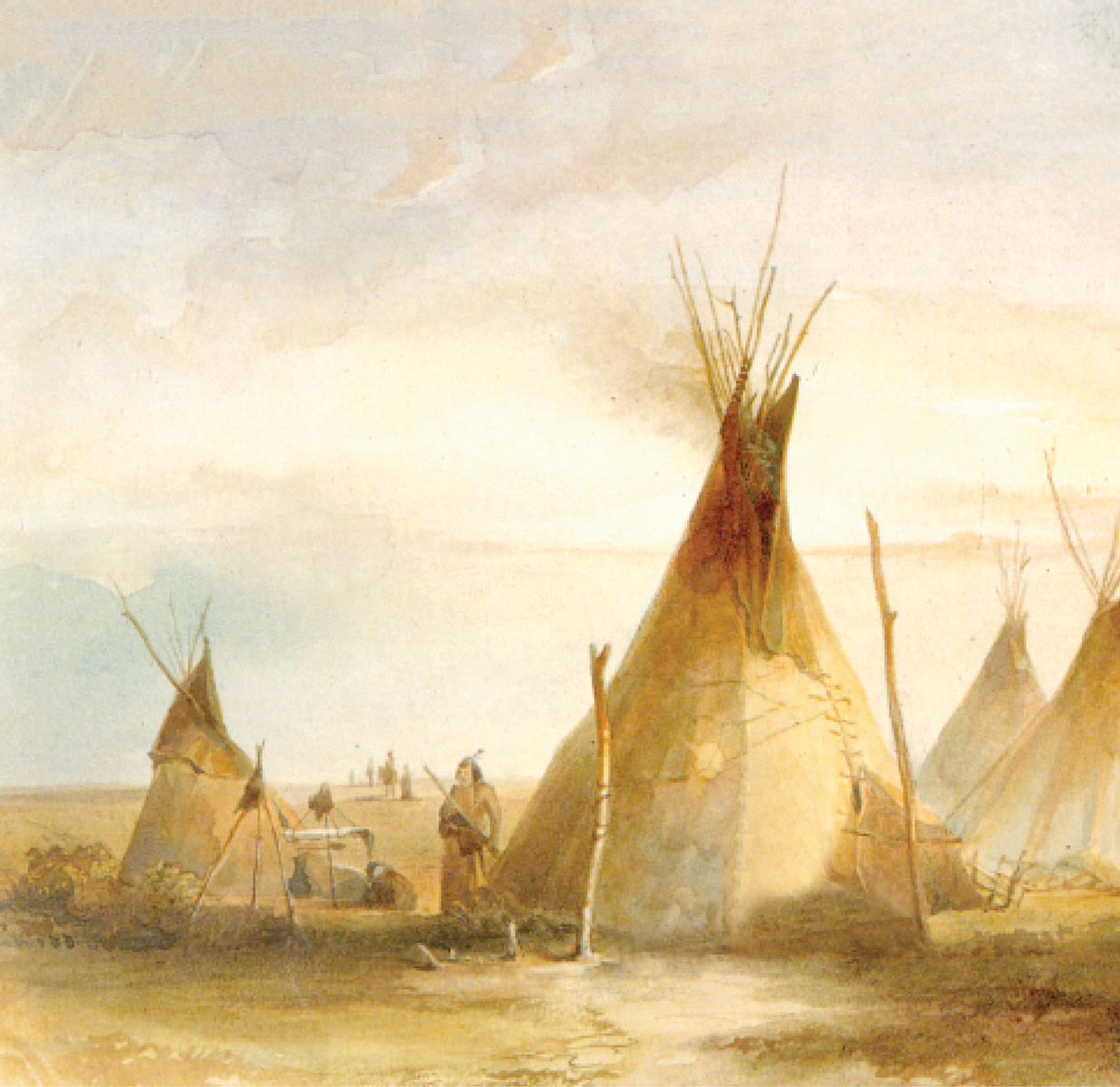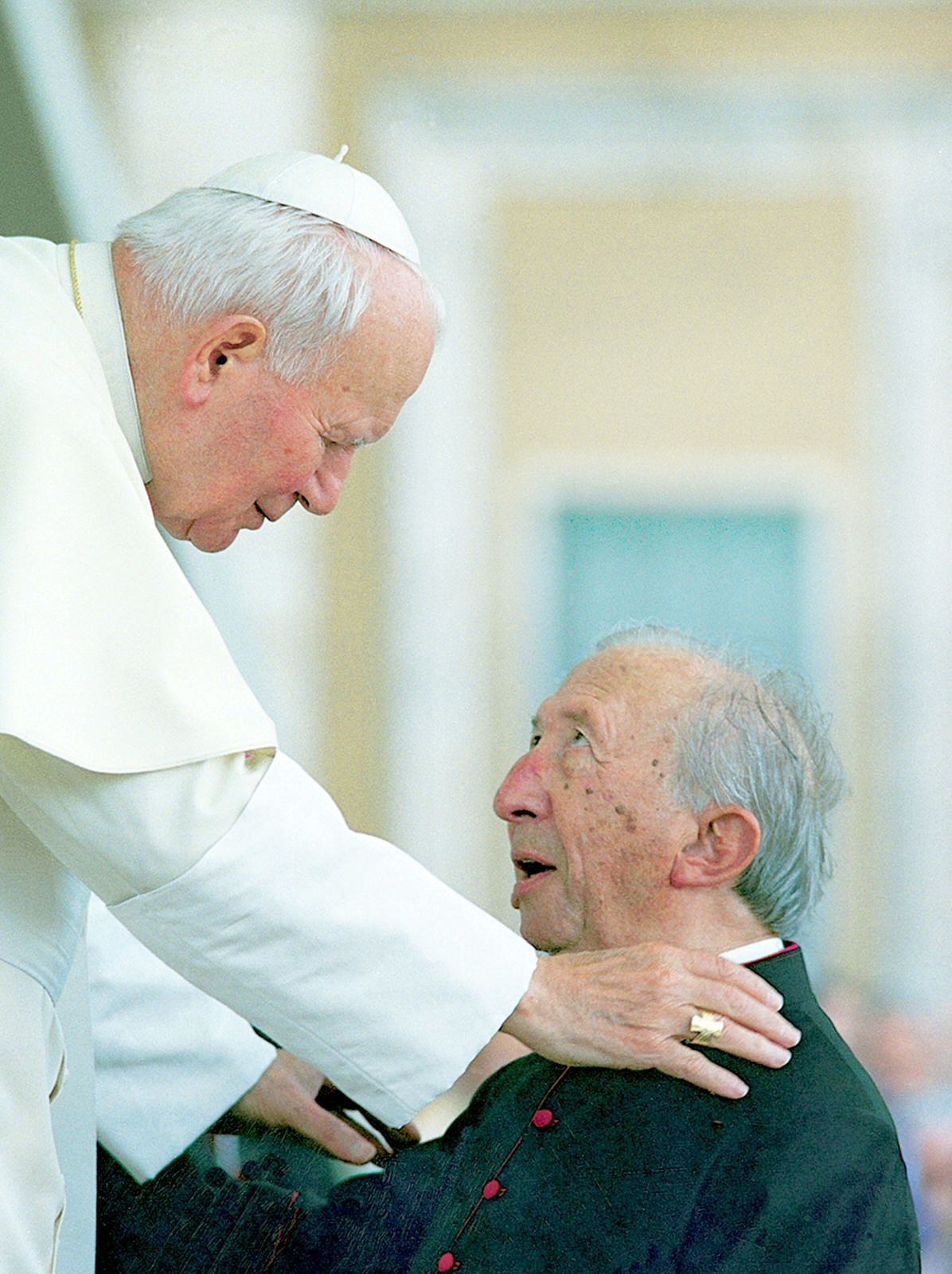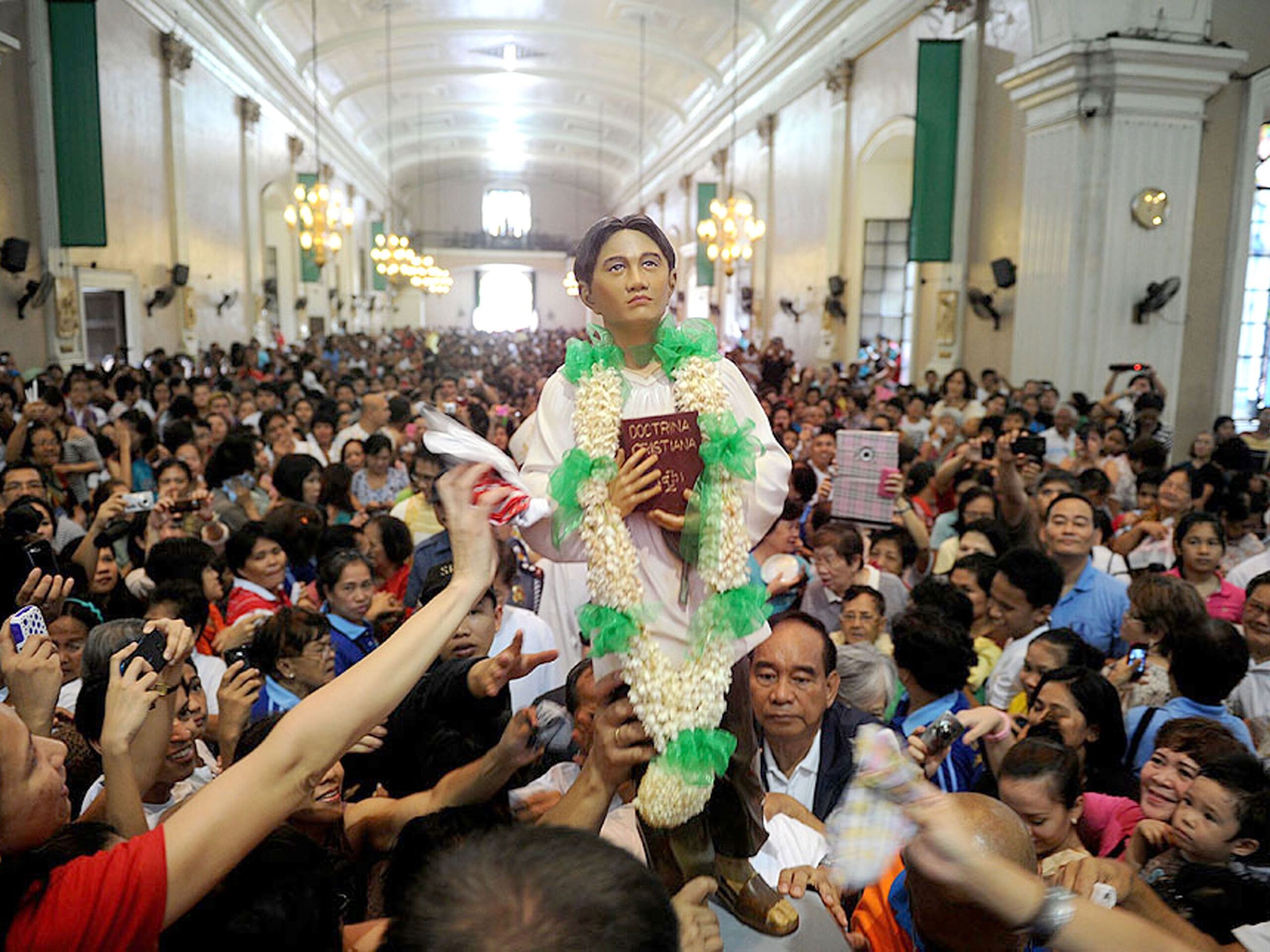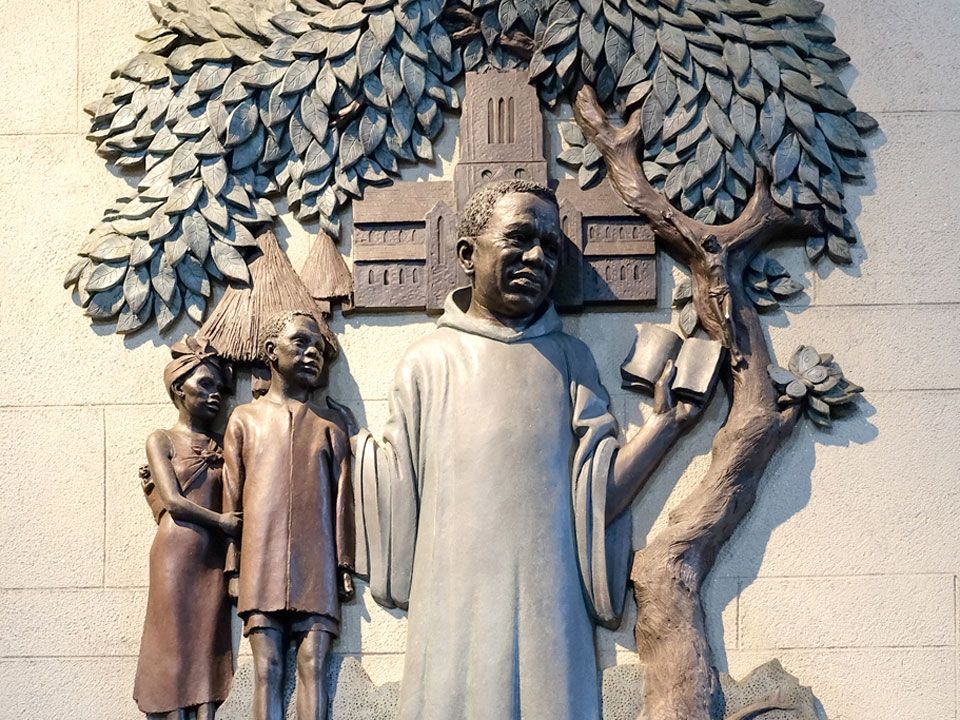Bishop Armido Gasparini was a talented person. His parish priest in Lizzano in Belvedere, Bologna, Fr. Alfonso Montanari, was well aware of this. He was the one who introduced the teenaged Armido to the Superior of the Comboni Seminary at Brescia: “He is an able boy, talented and, above all, he shows a remarkable inclination to missionary life.”
He was accepted in the Institute and, in September 1930, he graduated from high school with flying colors and was admitted to the Novitiate of Venegono. Two years later, he took his first vows. He went on to college in Verona and then to the Urbaniana University in Rome for theology.
He was very fond of languages and he easily got hold of them. He explained: “It is indispensable to learn them if one wants to approach the people who use them, the individuals and their cultures.” He managed to master 13 languages (European and Amaharic). He was ordained a priest in April 1938 and, in October of the same year, he was already in Ethiopia as secretary of the Bishop of Gondar, Msgr. Pietro Villa.
Mission in war time
The Italians under the dictatorship of Benito Mussolini had already occupied the Eritrean coastland when they decided to invade Ethiopia with the intention of creating a great colonial empire in the Horn of Africa. Some Italian priests, among whom were Comboni Fathers, were attached to the Italian troops as army chaplains. The missionaries took the opportunity to create some mission stations among the natives.
Young Fr. Armido dedicated himself immediately to the learning of the Amaharic language, to getting acquainted with the local cultures and the building up of contacts with the Coptic-Ethiopian monks. Certainly, Fr. Armido’s facility in learning languages, coupled with his admirable constancy in the study, made him an accomplished polyglot.
The years were troublesome because of the war. At the fall of the Fascist Empire, under the attacks of the British Army (April-May 1941), all the Comboni Fathers and Brothers were rounded up and taken to Asmara in view of their eventual expulsion. Giovanni C. Marinoni, Vicar Apostolic of Eritrea, however, was granted permission by the British Administration for five of them to stay in order to pastorally assist the thousands of Italians present in the area. Among the five was Fr. Armido who, in the meantime, nursed a dream in his mind and heart: a school for Higher Studies in the English language for young Eritrean students in the town of Asmara.
In 1946, the Sacred Oriental Congregation encouraged the building of a Catholic school for the Eritrean youth. Fr. Armido became the promoter and the soul of this foundation. Together with Bro. Laffranchi, he selected a little headland within the city of Asmara itself and the foundation stone was laid down that very year. Two other Comboni Brothers, Sirena and Capuzzo, joined forces in supervising the construction.
An educational dream
In 1947, the Comboni College was inaugurated. In 1948, it had already 320 pupils. In the first classes, Tigrinya, the language of the country, was taught together with Amaharic and Ge’ez, the liturgical language, and Arabic. In the upper classes, the basic study language was English. They were years of great activity. The number of students kept increasing and other buildings were added, including a large hall for the students’ performing arts and official gatherings. In 1950, Msgr. Pietro Villa blessed the chapel of the Comboni College, dedicated to the Immaculate Heart of Mary.
In June of the same year, the pilgrimage of the image of the Blessed Virgin Mary of Fatima, throughout Africa, came to its conclusion in Asmara. The holy statue made its solemn entrance into the Comboni College and Fr. Gasparini, as the Superior, was asked to read the Act of Consecration to Mary of all the works of the Comboni Missionaries in Eritrea.
Since 1953, the Comboni College was recognized as the only cultural center in Eritrea able to prepare its most advanced students for the Oxford University General Culture Exams in order to obtain the proper certificate. Comboni College also distinguished itself in the field of sports and performing arts. The soccer team of the college became one of the most renowned in the city. The highest religious and civil personalities of the city used to attend the drama performances and gymnastics’ parades of the college.
The Comboni College soon became a prestigious institution in the Horn of Africa. In 1950, on the occasion of the official visit in Eritrea of Emperor Hailé Selassié, the students staged a play in Amaharic, written by Fr. Armido. It was the story of the developments of the Christian religion in the kingdom of Axum under the leadership of Saint Frumentius. The Light Bearer was the title of the work.
In 1959, Cardinal Tisserant landed in Asmara in order to preside at the inauguration of the great diocesan seminary, the construction and direction of which had been entrusted to the Comboni Missionaries. Once again, the team of Fr. Armido and the Comboni Brothers performed miracles to the fulfillment of the precious church enterprise.
Later, Fr. Armido became the adviser of the Esarch of Asmara, Abba Gebre Jesus Jacob, and facilitated the presence of the Comboni Missionaries in the new seminary of the Esarcate and started the vocation campaign in favor of the Comboni Institute. In the meantime, he had gained the knowledge of Géez, the very ancient language, incomprehensible to the majority but still used in the liturgy of the Coptic-Ethiopian Church. He learned it so well that he was able to teach it to the students of the Asmara Capucin Convent and to the first Eritrean Catholic priests. In 1955, he was called to Rome to be the General Procurator of the Comboni Missions.
Difficult times
In 1973, Fr. Armido, then 60, wrote in a letter: “My life’s parabola already inclines towards its last phase. Yet, I feel still full of energies and why deny it? Of talents too.” He lived on for 31 more years. In fact, Rome nominated him Apostolic Administrator of Awasa, in the South of Ethiopia, where he had to start from scratch. He worked hard and put up schools, formation centers, dispensaries and hospitals.
In 1974, the Emperor was deposed by a coup-d’état and the revolution, guided by the Dergue (Committee of the Armed Forces), flared up. Eventually, the dictator Colonel Menghistu took the power and the period of “Red Terror” began which saw the summary executions of tens of thousands of people. Mengistu Haile Mariam was an Ethiopian politician who was the most prominent officer of the Dergue, the Communist military junta that governed Ethiopia from 1974 to 1987, and the President of the People’s Democratic Republic of Ethiopia from 1987 to 1991.
The “Ethiopian Red Terror” was a period of great political upheaval in Ethiopia that started when the Ethiopian People’s Revolutionary Party ignored the invitation by Dergue to join the union of socialist parties and instead made an assassination attempt on Mengistu in September 1976. That assassination attempt failed but it was followed by the death of many Dergue supporters and ordinary citizens. The “Red Terror” was a fight for power and dominance. The killings from both sides were brutal since it happened when the country was under the threat of a Somalian invasion and war. Internal rebellion was not well tolerated.
Mengistu fled to Zimbabwe in May 1991 after the national government dissolved itself and called for a transitional government. His departure brought to an abrupt end the Ethiopian Civil War. Mengistu still lives in Harare, Zimbabwe and remains there despite an Ethiopian court verdict finding him guilty in absentia of genocide. Estimates of the number of deaths for which he was responsible range from 500,000 to over 2 million.
In 1979, Fr. Armido Gasparini was consecrated bishop. The situation of the country was disastrous: there was the rebellion of Eritrea and war in Ogaden. The area of Awasa was relatively calm but, for the Church, they were times of suffering because the regime made everything extremely difficult. A terrible drought (1982-1984) claimed a million victims and threatened other 5 million people. For the Sidamo and Guji peoples, the Bishop was the only point of reference. He took it to heart and several times appealed to Europe and the U.S. for help.
A gentleman in soul and manner, he won over for himself and his collaborators the respect of the tough members of the Dergue. In the meantime, Bishop Armido continued his deepening of the cultures and languages. During this time, he published grammar books and the dictionary of the Sidamo, Gede’o and Guji languages, both in English and in Italian. He paid special attention to the liturgy, which he wanted to be celebrated in the local languages. He himself provided the necessary translations. In 1988, he founded a religious congregation of Ethiopian sisters, the Handmaids of the Church.
A pastor close to his people
Notwithstanding the huge administrative and organizational task that was demanded by the development of the Awasa Vicariate, Bishop Armido did not let any opportunity pass in order to make himself present among his people, without counting efforts and sacrifices. This is evident from this witness given by one of his missionaries: “Msgr. Gasparini arrived at our mission in Shafinna towards evening, when we were completing the preparation in order to proceed to Lello, one of the many chapels of the mission station, where we had programmed a great youth reunion.
We had just the time of greeting each other. The bishop would spend the night at the mission, while I would proceed to the long and tiring climbing to the chapel, accompanied by a group of Christian leaders and some youth. There was no time to waste since a storm was gathering. Moreover, I knew that the groups of youth from all the other chapels were coming and would not delay. I was expecting about a thousand youth.
I arrived there when it was already dark. The youth of that chapel had worked tirelessly to improve the track so that the bishop would be able to arrive by car up to the threshold of the chapel. His solemn entrance was planned by 9 in the morning and we would come out to receive him in procession. The 4-wheel-drive vehicle did not appear and instead Bishop Armido advanced covered in sweat, wearing a simple short-sleeved T-shirt. He had covered the whole route on foot. The previous night’s rain had changed the track into a slippery mess. How was it possible for an old man, almost 80, to face such long and difficult walk? Only love is the answer.”
At rest with his people
At 75, he sent his resignation letter to the Pope. John Paul II answered with his best wishes for Bishop Armido’s 50th anniversary in the priesthood: “I very well know your merits and your enterprises, by which you have manifested your apostolic zeal and your attachment to the Ethiopian people. I am really touched in coming to realize how, in these years, the Catholic name has spread because of your guidance – in the Church of Awasa and in the Sidamo region.
It is enough only to mention some facts: the commitment to the sacred liturgy to be celebrated in the languages of the different zones; the erection and administration of several institutes of education, public health-care and evangelization; the organization of councils and other structures deemed necessary for catechizing the faithful and for Catholic apostolate….”
The request for retirement was refused by the Pope. Bishop Armido had to wait another five years before being able to see his successor in the person of Fr. Lorenzo Ceresoli, another Comboni missionary. While handing over his position and responsibility, Bishop Armido said: “In 1973, the Vicariate of Awasa had only 1,500 Catholics. Today, I entrust more than 150,000 of them to you. They are organized in flourishing communities which make one convinced of their capacity of future expansion.”
Bishop Armido dedicated his last energies to the task of giving more stability to the women’s Institute he had founded, the Handmaids of the Church. He chose, as his residence, the Sisters’ house in Addis Ababa, where he spent his time mainly in prayer. He also continued the voluminous correspondence which he had always kept with the many friends and benefactors.
On August 11, 2004, he fainted because of breathing difficulty and was admitted to Hayat Hospital in Addis Ababa for a week. Discharged, he was forced to live day and night under the oxygen tent. He still remained very sharp but he was no longer able to talk. He passed away on the night of October 21, 2004.
The following day, a funeral Mass was celebrated in Addis Ababa Catholic cathedral, presided by the Apostolic Nuncio, with the presence of all the Catholic bishops of Ethiopia. Immediately after, the body of Bishop Armido Gasparini was transferred to the Awasa Cathedral, welcomed by a crowd of thousands of faithful. He now rests in a grave close to his cathedral – forever among his beloved Ethiopian people.



